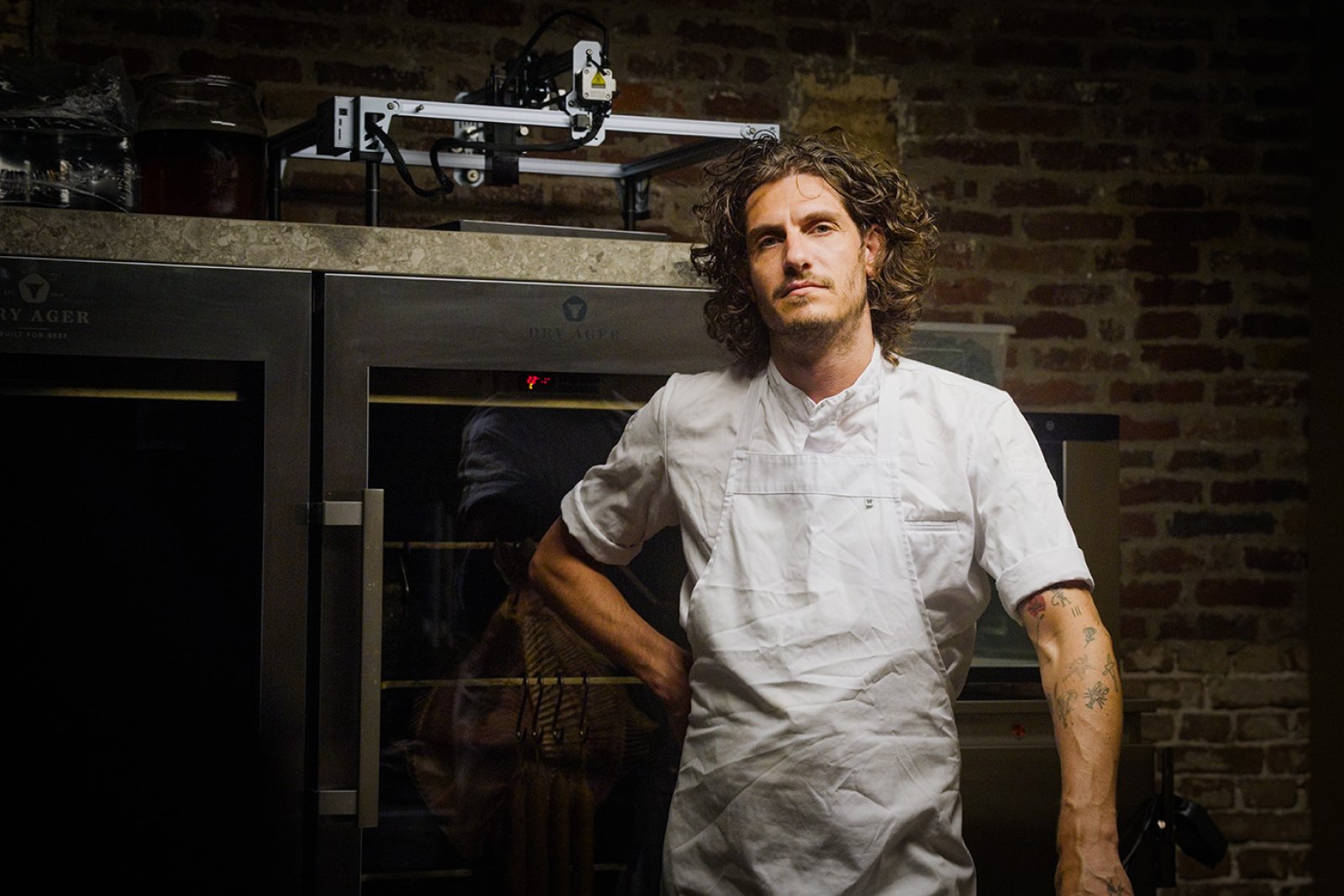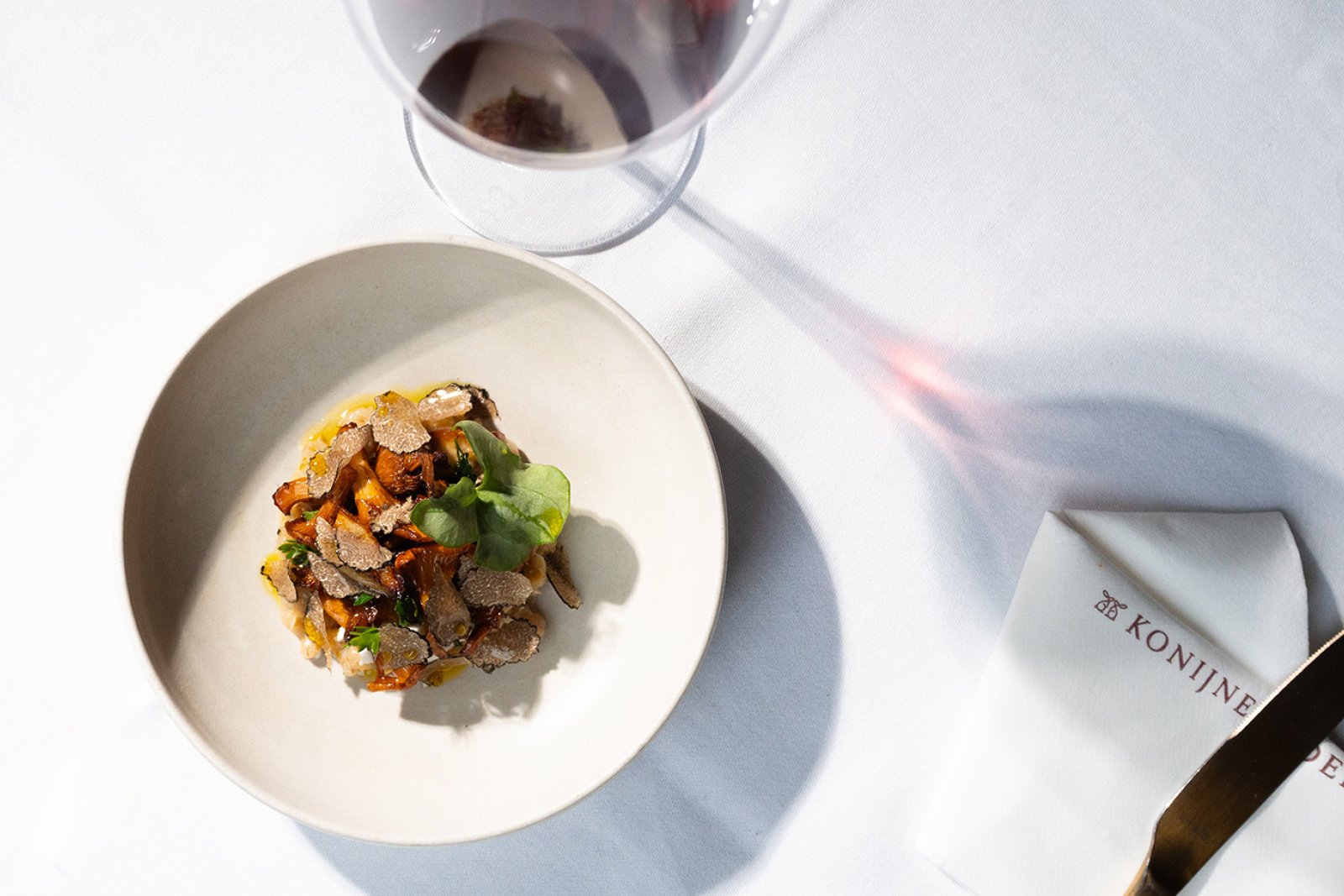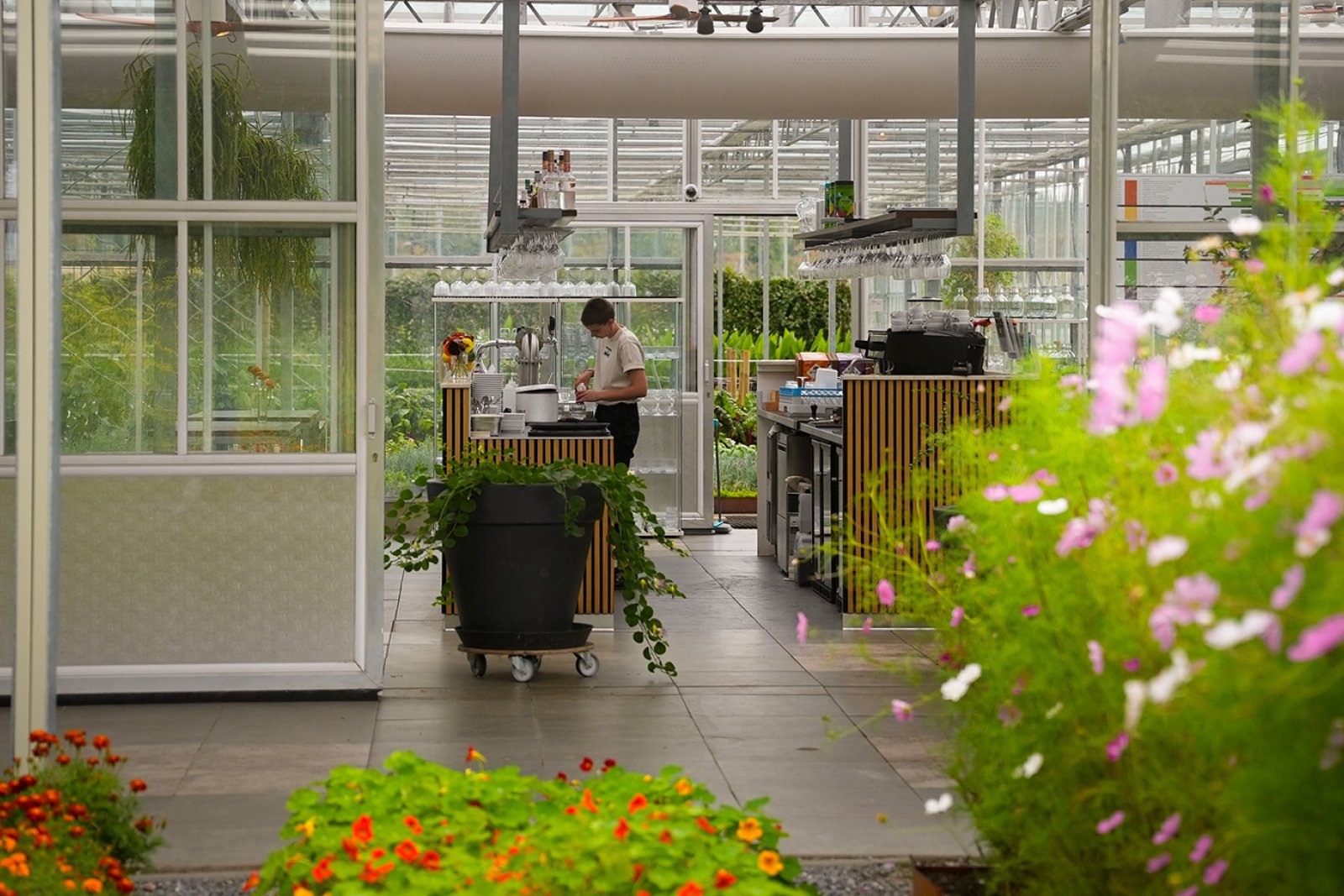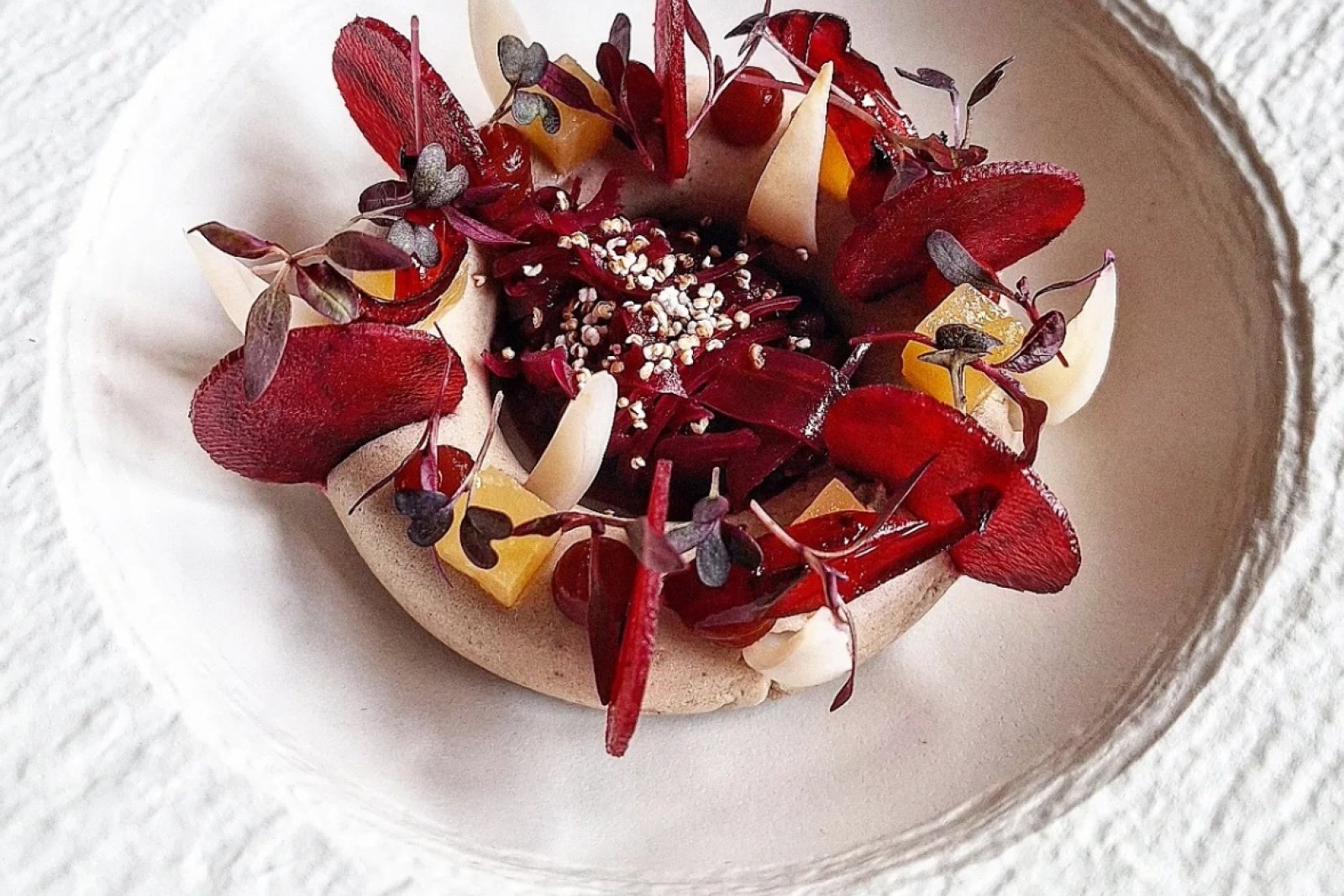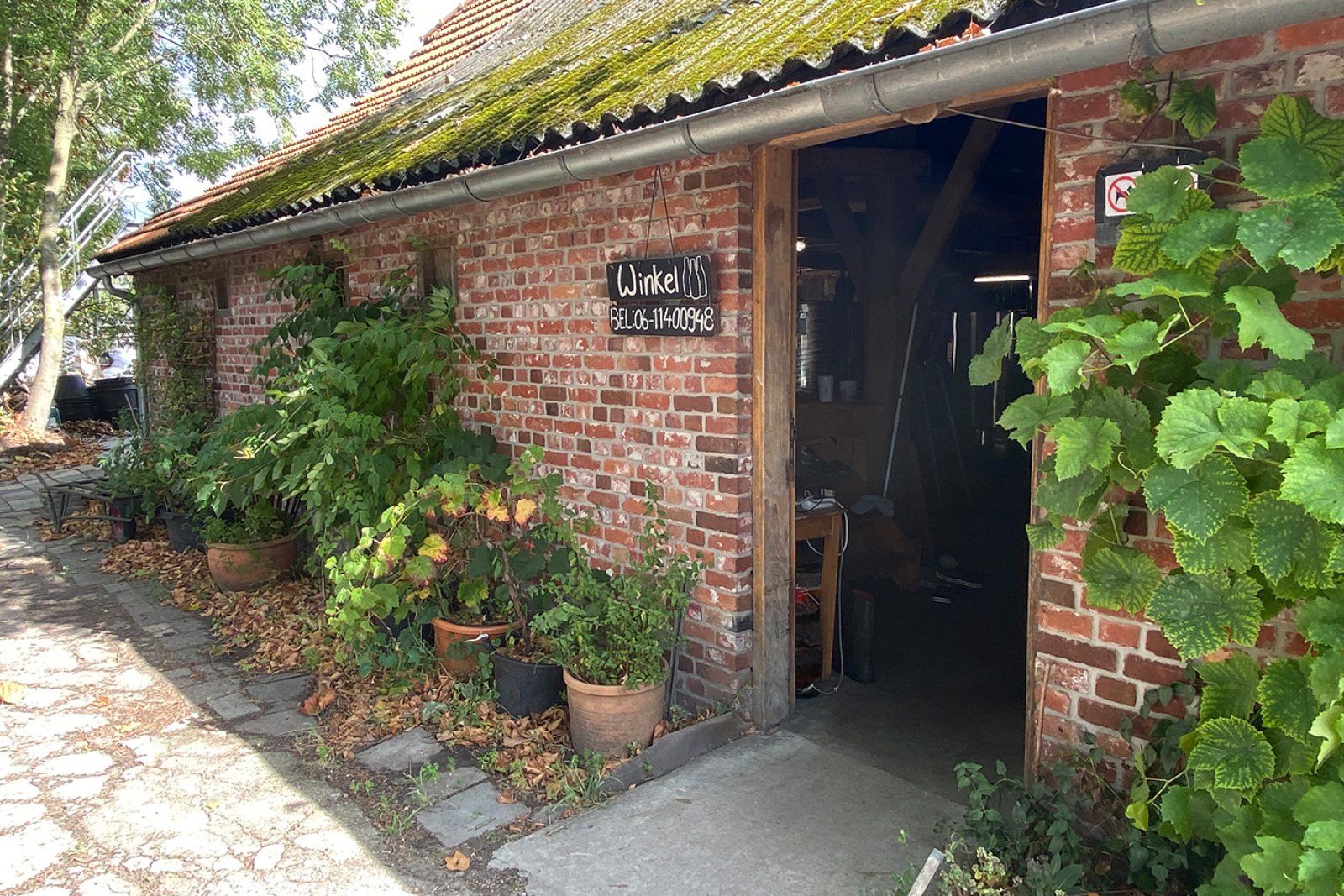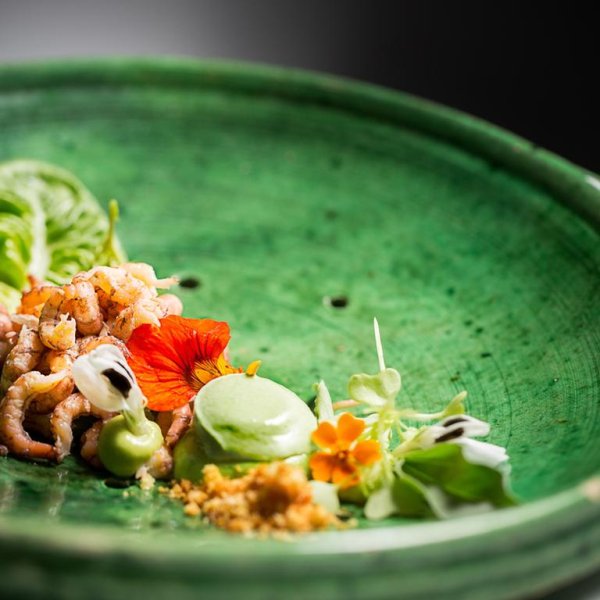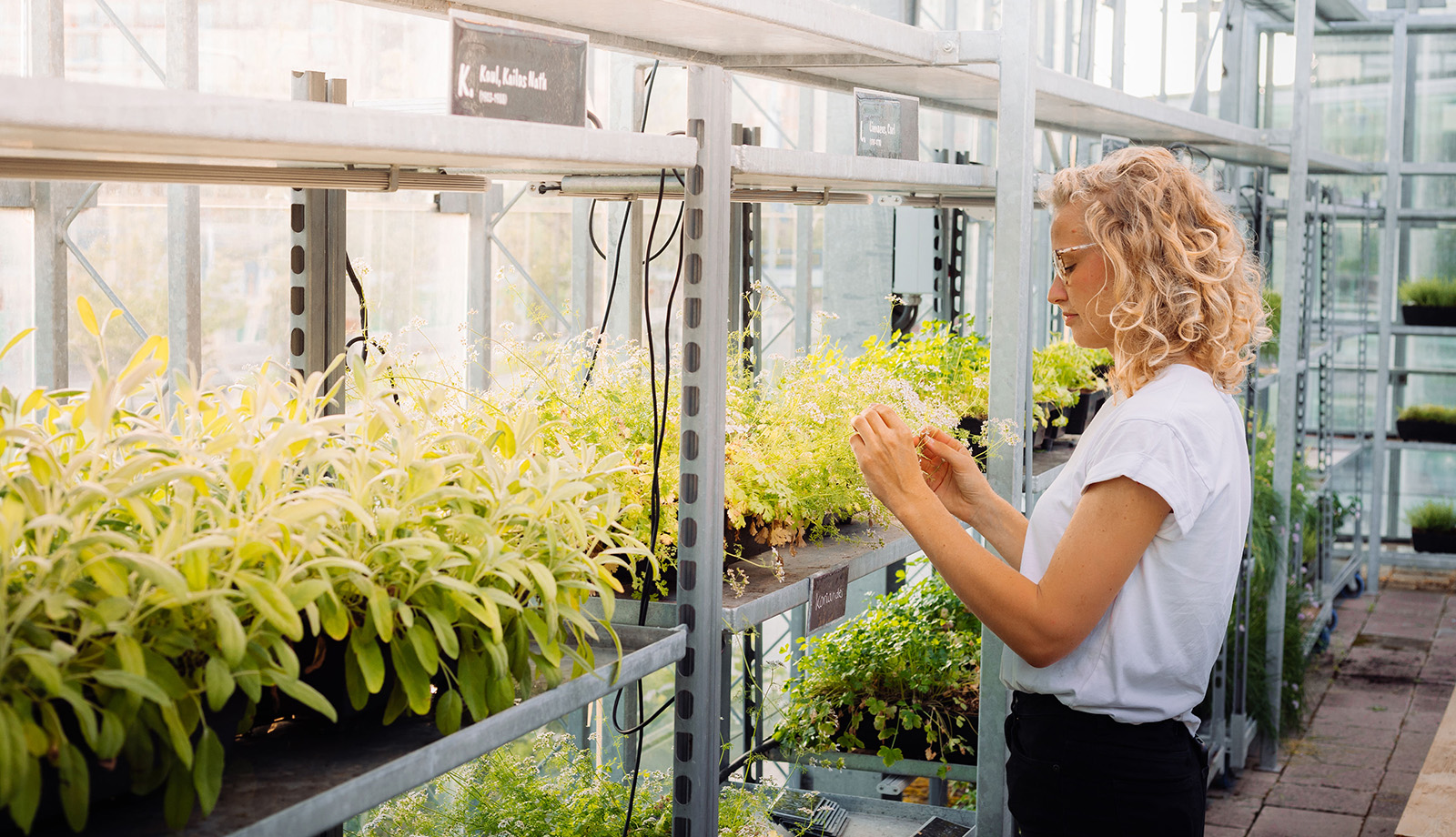
New Dutch Food: where innovation meets sustainability
The Netherlands is a progressive, enterprising country. People from around the world flock here to discover how we have set up our agricultural and food systems. We excel at productivity and innovation within a small space, which you can also find back and taste in our food. The Netherlands has a wide range of top restaurants where innovation and gastronomy come together. Come on a journey with us and read about these culinary hotspots and innovative ways of working in the kitchen.
- Dine at restaurants that use produce from a food forest.
- Combine a culinary trend tour with a stay in one of our beautiful cities.
- Get a taste of how the Netherlands is pioneering seaweed and no-waste carrots.
🎧Listen to the episode and discover New Dutch Food!
A food forest on your plate
A food forest is just like a regular forest, but with edible plants only. It’s usually created by people, but after planting, nature is allowed to take its course. The forest is left virtually undisturbed for the first 10 years. After that period, the forest will have grown to the point where you can harvest and eat the first crops. Products grown in Dutch food forests include walnuts, hazelnuts, berries, apples, pears and mushrooms.
Did you know?
The Netherlands is home to around 35 food forests.
Many Dutch chefs now incorporate produce from food forests into their menus. Emile van der Staak for example, chef of restaurant De Nieuwe Winkel in Nijmegen. His restaurant has no less than two regular Michelin stars and one green Michelin star, and the menu is 100% vegan. De Nieuwe Winkel has been awarded the label of Best Vegetable Restaurant in the World several times by the We'Re Smart Green Guide.
From Konijnenvoer to Stadsjochies
Dining at De Nieuwe Winkel is a fantastic experience. But if you want to live that experience, be sure to reserve a table well in advance because the restaurant is always fully booked for a long period of time. Considerably more accessible alternatives that also serve plant-based menus include the cosy Konijnenvoer in Arnhem, Stadsjochies in Utrecht, Tres in Rotterdam and Vannu in Bavel.
Seaweed as an innovative seasoning
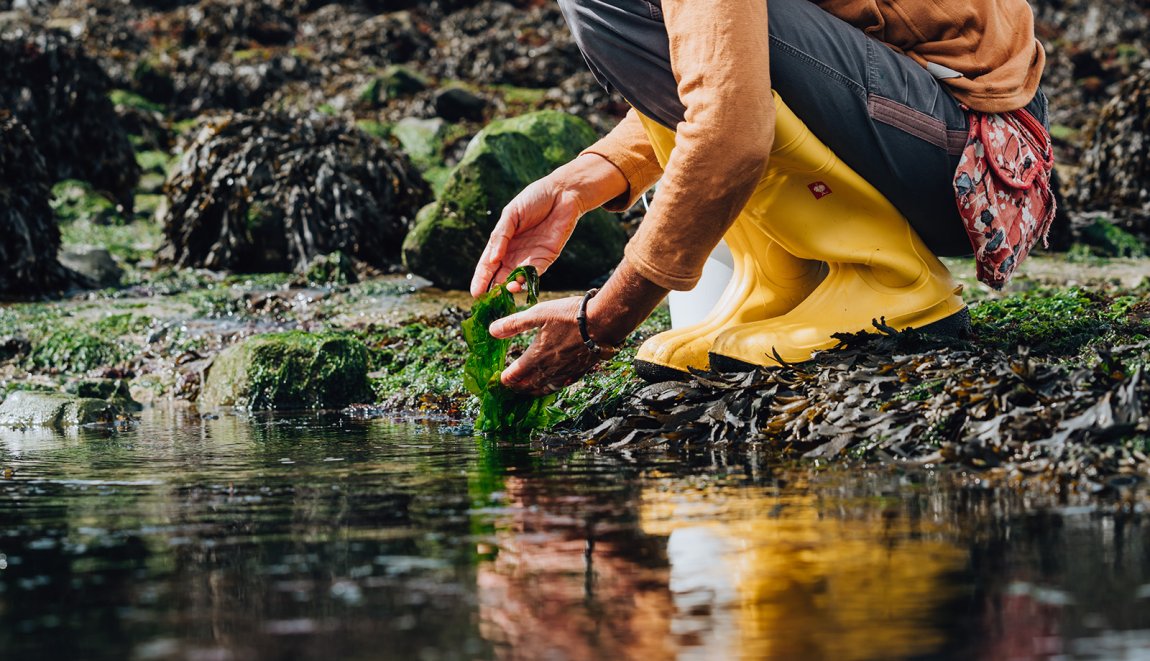
Seaweed is high in protein and iron and a source of iodine, calcium, phosphorus, magnesium, sodium, potassium and vitamin B. So it’s very healthy! Thanks to the relatively long coastline, there are many different seaweeds to be found in the Netherlands. Several sustainable chefs now incorporate these seaweeds into their dishes.
One such chef is Joram Timmerman, chef and co-owner of Kook Atelier Op Oost, a gastronomic destination on the Wadden island of Texel. Timmerman often uses briny seaweed, which grows abundantly around the tidal island. Restaurant guests have the 'choice' of one menu, called Served by Nature. The restaurant was awarded a green Michelin star for its sustainable way of working.
One of Timmerman's signature dishes is full of briny flavours with lots of character, textures and contrast. It’s called 'the briny bouquet' and is an ode to the ecosystem on Texel. Oyster leaf, samphire and sea fennel, along with various seaweeds and foraged herbs, have starring roles in the dish.
4 Dutch seaweed start-ups
In addition to chefs like Timmerman, various innovative start-ups in the Netherlands are also experimenting with using seaweed. After all, why not saline things up a bit? Some examples:
- The Dutch Weed Burger makes 100% plant-based burgers based on seaweed. Their burgers are sold at many Dutch festivals, among other places.
- The Dutch Seaweed Group creates seaweed-based food products from its own seaweed farm in the Oosterschelde estuary. Among their innovations is the first organic wakame salad of the Netherlands, which is sold in supermarkets.
- Olijck Foods makes products in which seaweed is the main ingredient, including hybrid meat, where part of the meat is replaced by seaweed. These products are supplied to restaurants and other players in the food industry.
- Seaweed Food Solutions produces plant-based spare ribs made from seaweed and jackfruit. These innovative snacks are juicy, savoury and even have a ‘meaty’ texture.
Sustainable fish
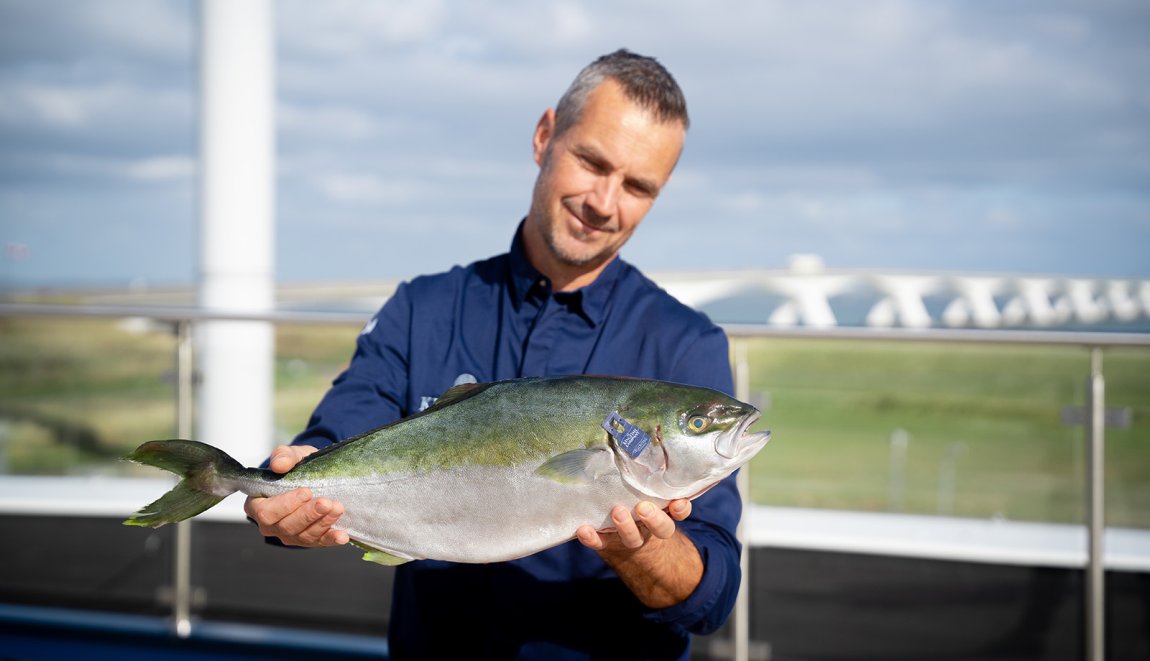
Our waters not only give us seaweed but also fish, of course. And fish is a very popular ingredient in Dutch gastronomy. But not all fishing is done sustainably, with respect for the sea and all the creatures that call it home. Fortunately, there are organisations that treat the sea responsibly. The Kingfish Company, based in Zeeland, is one such organisation. They practise land-based aquaculture (RAS technology) with innovative methods in controlled conditions, using seawater from the Oosterschelde estuary. And it’s all done without antibiotics.
No-waste carrot
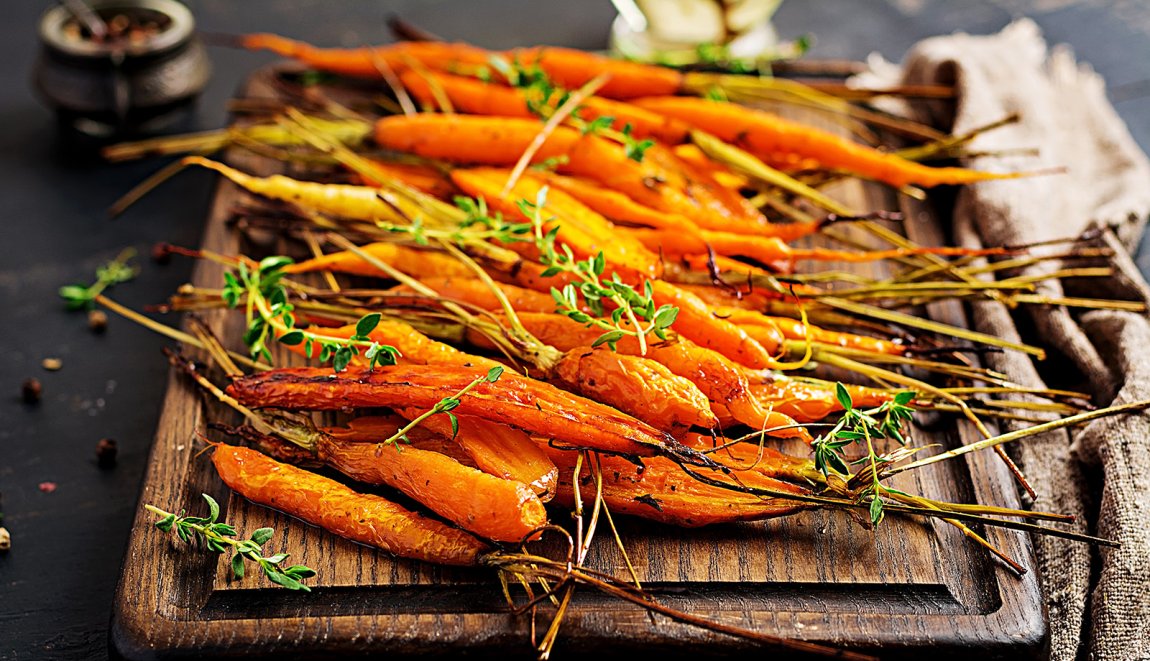
The carrot is one of the best-known Dutch vegetables. The orange delicacy is included in dishes such as the classic Dutch hutspot, which consists of carrot, onion and potato. Unfortunately, carrots are also wasted in the production process, due to crop failures but also because they do not meet the size and colour requirements of supermarkets. Many chefs think this is a waste and buy these unwanted carrots - as well as other discarded vegetables - to use them in delicious no-waste dishes. Because they might not be that beautiful, but the quality is often very good!
For over a decade, chef Niven Kunz has based the dishes at his restaurant Triptyque in Wateringen, North Holland, on a philosophy in which Dutch vegetables play the leading role. His steak tartare dish made from Dutch no-waste carrots has been a classic, long-time menu favourite for years. "We make the steak tartare from red carrots", says the chef. "We peel, cut and steam the carrots. This is followed by a process of freezing, thawing, freezing, thawing, freezing and thawing. Then we dry the carrots and season them with capers, gherkins and mayonnaise."
The stars of Niven Kunz
At 24, chef Niven Kunz was one of the youngest Dutch chefs ever to receive a Michelin star. At that time, he was working in the kitchen of restaurant 't Raethuys in Wateringen. Three years later, in 2019, he traded the restaurant for his own business: Niven. He also received a star for that restaurant. In 2020, he started a new adventure with his wife Virginie van Bronckhorst-Kunz, and opened restaurant Triptyque in the former location of 't Raethuys. And, you guessed it...Triptyque received a green Michelin star in 2022 and a regular Michelin star in 2024.
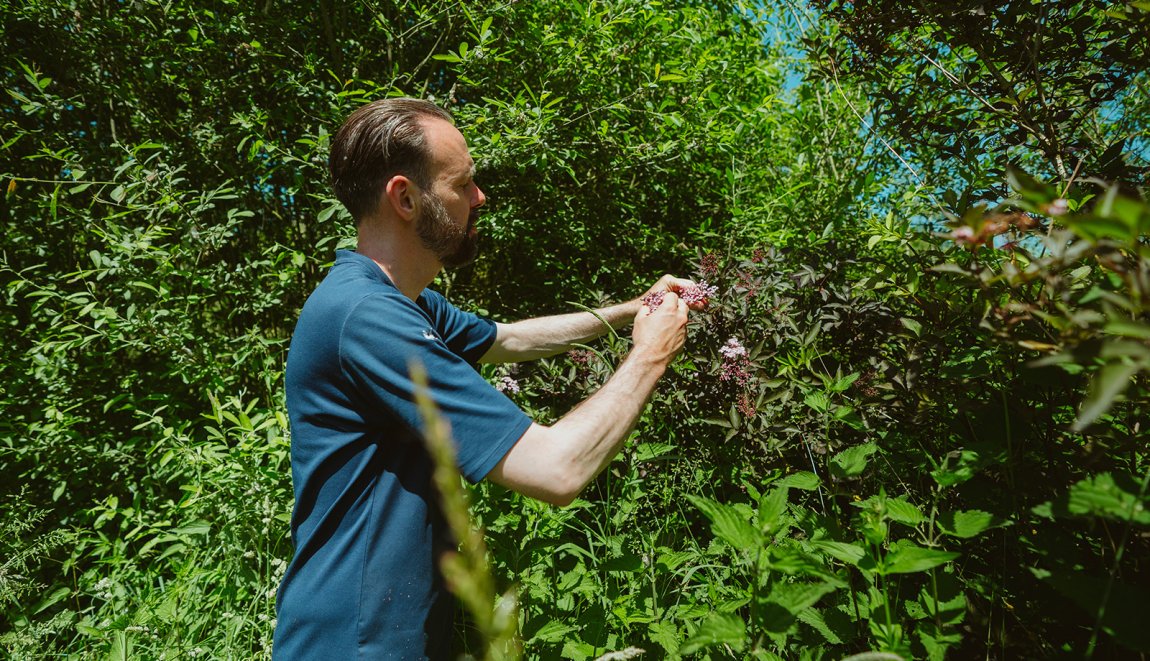
It’s obvious. Whether it's dining at a restaurant that uses local produce from a food forest, savouring the briny flavours of seaweed on the Wadden islands, or enjoying a no-waste creation with forgotten vegetables - in all corners of the Netherlands you can discover how innovation and sustainability come together on your plate. New Dutch Food shows that gastronomy in the Netherlands is not just about taste but also about shaping the future. From haute cuisine to a quick snack, your taste buds will be inspired wherever you go, and you’ll start looking at food and the world from a different perspective.
Tips from Maaike de Reuver
-
Vegetables in the spotlight
In addition to Michelin's list of green stars, check out the list from the We'Re Smart Green Guide, a gastronomic guide published online every year. This list includes restaurants that feature vegetables as the star of the show and focus on local, seasonal cooking. The We'Re Smart Green Guide rates restaurants according to radishes: from 1 to 5 radishes.
-
Newsletter bursting with inspiration
Subscribe to the free Food Inspiration newsletter. Food Inspiration daily publishes articles covering trending topics and developments in the food industry, with a major focus on sustainability. You can also indicate your personal preferences, so you’ll see articles that focus specifically on sustainable restaurants, for example, or regenerative farmers, or innovative hotels.
-
Create your own journey of discovery
Go on a trend tour! Dutch cities are quite compact and generally easily explored on foot. Book a boutique hotel, for example in a city such as Den Bosch, Zwolle or Maastricht and be surprised by all the beauty and delicacies they have to offer. Restaurants with a sustainable focus are often located just outside city centres.
